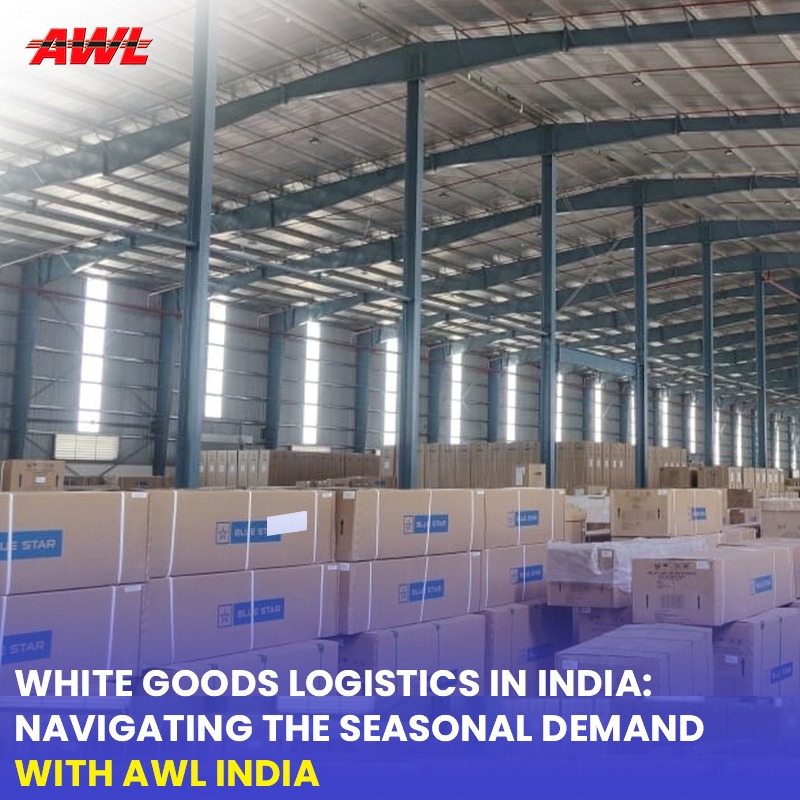

The apparel industry is one of the fastest-growing industries in India, with a predicted growth rate of 10-12% annually. However, with growth comes challenges, and the apparel industry is not immune to these challenges. One of the most significant challenges that the apparel industry in India faces is managing its warehouses. In this blog post, we will explore the specific challenges the apparel industry faces in warehouse management and the potential solutions. AWL India has curated a list of warehouse challenges along with their solutions for the apparel industry in India.
Here is a list of the warehouse challenges that are present in India for the apparel industry
One of the most significant challenges facing the apparel industry in India is the shortage of space for warehousing. The high cost of land in urban areas, where most of the apparel factories are located, makes it difficult for companies to expand their warehouses. As a result, companies are forced to operate in cramped and congested spaces, leading to inefficiencies and increased handling costs.
The apparel industry in India is highly seasonal, with peak production periods leading up to festivals and special occasions. The challenge is that warehouse space needs to be available when it is needed most. However, during off-peak periods, warehouses can be underutilised, leading to a waste of space and resources.
Effective inventory management is critical in the apparel industry, where there is a constant need to manage the flow of goods in and out of the warehouse. Managing inventory levels manually can be time-consuming and prone to errors, leading to stockouts or overstocking.
Traceability is essential in the apparel industry, particularly in the case of exports. Without proper traceability, companies may face legal and compliance issues. However, tracing products through the supply chain can be a complex process, particularly if manual records are used.
The pick-and-pack operation is an essential function in the apparel industry, particularly in e-commerce operations. The challenge is to manage this process efficiently and accurately, with minimum handling costs and errors.
AWL India has curated a list of potential solutions to overcome warehouse challenges in the apparel industry. Moreover, to address these challenges, companies in the apparel industry in India can adopt several solutions:
Automating warehouse operations can improve efficiency, reduce handling costs, and enhance accuracy. Automated systems such as conveyor belts, automated storage and retrieval systems, and automated picking systems can help optimise warehouse operations and reduce the need for manual labour.
A Warehouse Management System (WMS) can help companies manage their inventory levels effectively, track product movement, and optimise warehouse operations. A WMS can provide real-time visibility into inventory levels, reducing the risk of stockouts or overstocking.
Outsourcing warehousing operations to third-party logistics providers (3PLs) can help companies overcome space constraints and manage seasonality. 3PLs have dedicated warehousing facilities and can provide flexible solutions to meet the specific needs of the apparel industry.
Radio-Frequency Identification (RFID) technology can help companies trace products through the supply chain accurately. RFID tags can be attached to outcomes, enabling them to be tracked throughout the supply chain, from the warehouse to the end consumer.
Optimising pick and pack operations can significantly improve efficiency and accuracy. Methods such as batch and zone picking can help reduce handling costs and improve accuracy, particularly in e-commerce operations.
The apparel industry in India faces significant challenges in warehouse management, primarily due to space constraints, seasonality, and inventory management. However, by adopting solutions such as automation, WMS, outsourcing, RFID technology, and pick-and-pack optimisation, companies can overcome these challenges and optimise their warehouse operations.

